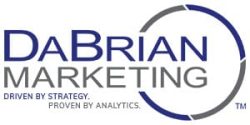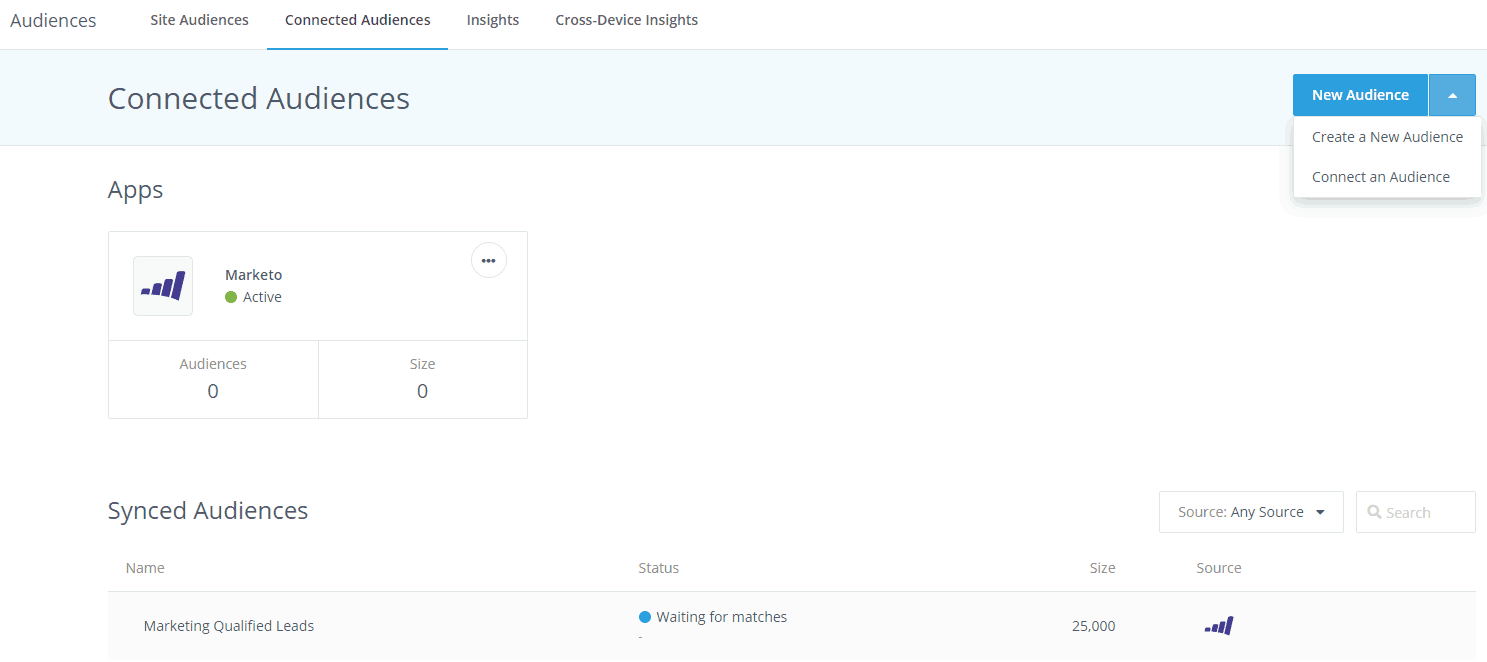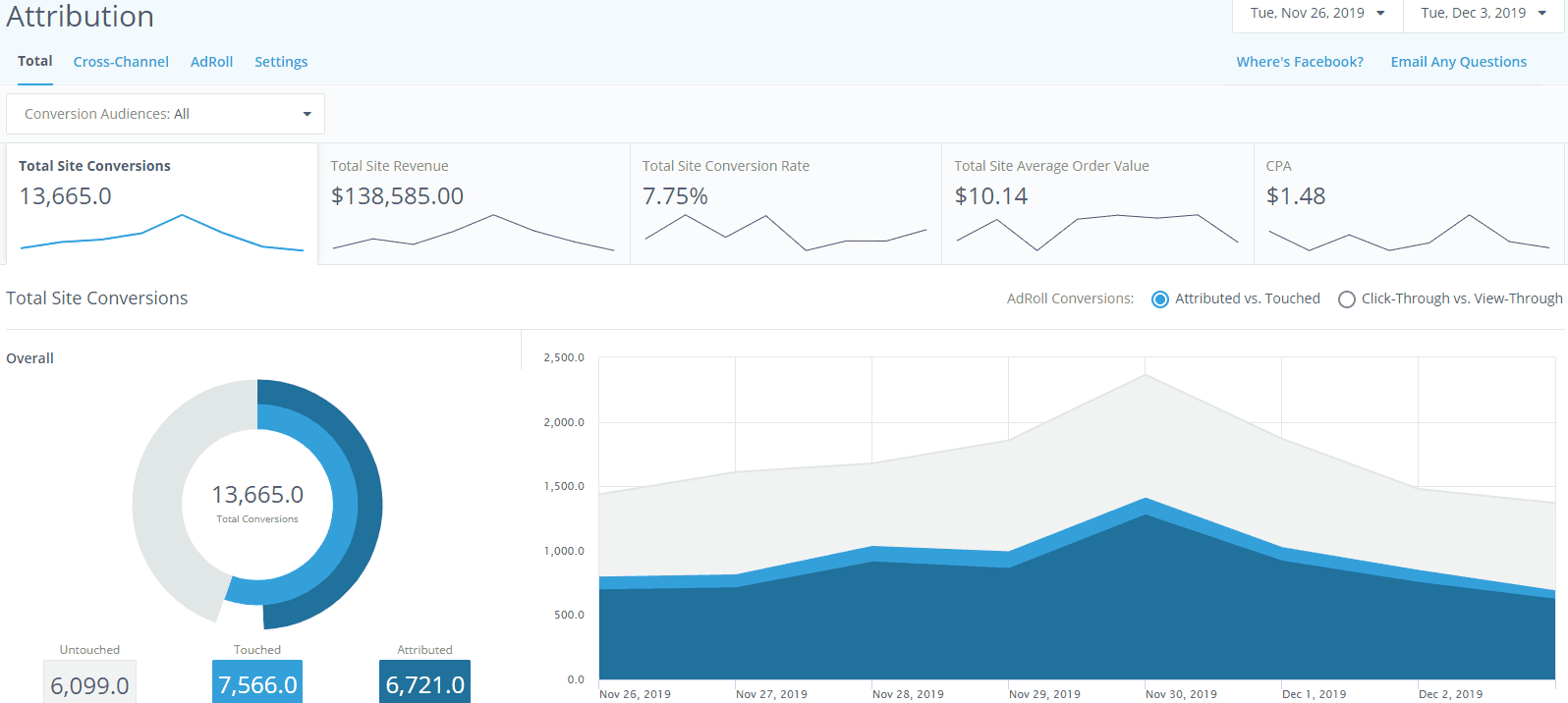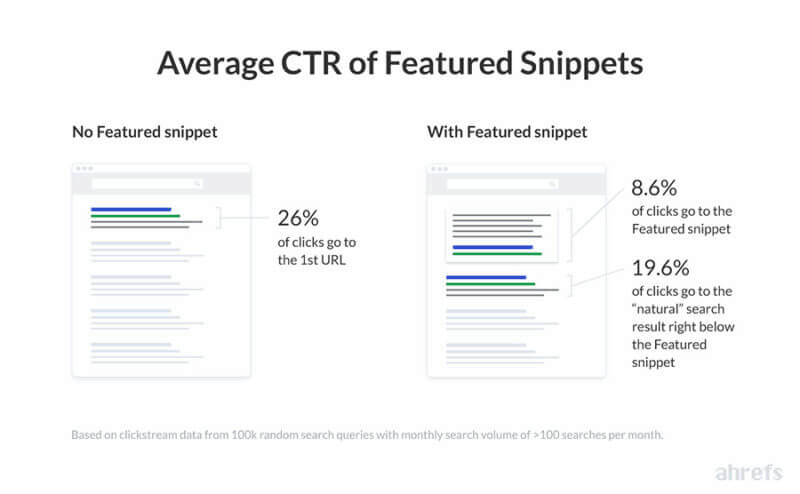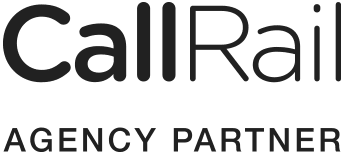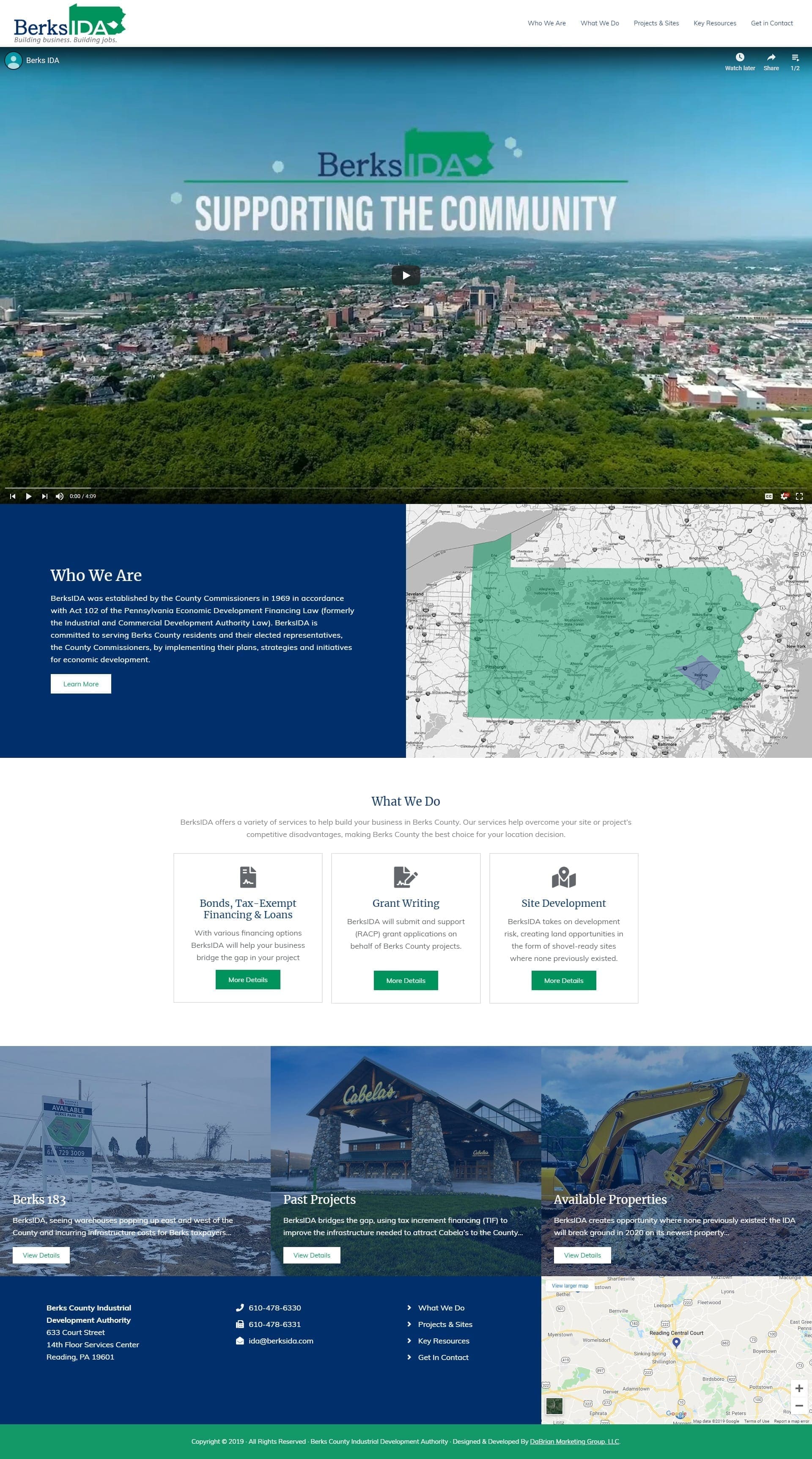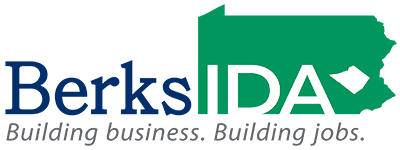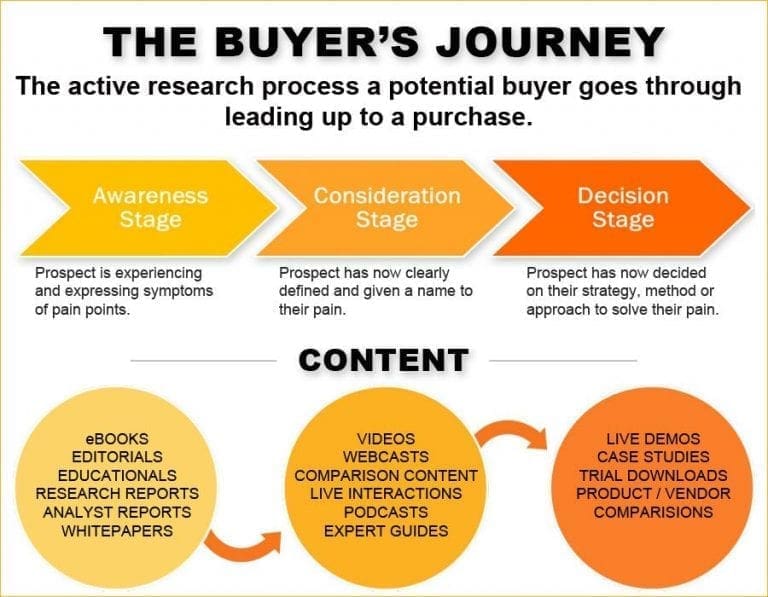As all digital marketers know, search engine optimization (SEO) is a key component in a marketing strategy and one that is constantly changing. For example, when Google’s algorithm to prioritize websites that have been optimized for mobile users was implemented, we saw the entire industry pivot towards a “mobile-first” strategy to prevent any penalties handed out by the new algorithm.
So what’s next you ask? Voice search. Yes, that’s right, voice search. Don’t be surprised how this relatively new SEO trend could affect your visibility and credibility as a business in 2020 and beyond.

What Is Voice Search?
Voice search, or search by voice, is the ability to speak to a device – be it smartphones, laptops, or smart home devices – to make a request or search for information, rather than your standard text-based search. The voices inside these many devices are called voice assistants.
Some current examples of voice assistants are:
A voice assistant on countless Amazon products such as Echo, Echo Show, and FireTV.
A voice assistant on Google products like Google Home, Google Mini, and Google Home Hub.
A voice assistant on Apple products such as iPhones, iPads, and Apple Watch.
To develop a sound SEO strategy in 2020, it’s important to understand the power of voice search and how to optimize it for your business. According to Google’s CEO, Sundar Pichai, around 20 percent of search queries are done by voice. More people these days use their voices to search for information for two reasons: it’s faster, and it’s natural. Not only do people use voice to search for information, but they also use it for the following:
- Play music
- Play games
- Shopping
- Set daily reminders
- Make a phone call
Case and point, voice is here to stay and there is no way around it. It is not optional!
How Will Voice Search Affect My Business?
As I mentioned in the beginning, voice search is currently not a part of Google’s algorithm however it is still dictating current search results. Voice search queries often yield different results than if the user had typed in a text-based search. SEO wise, it’s a good idea for businesses to be on their toes with voice search components for their consumers who are adapting and switching over to that medium. According to experts in voice search, content must be optimized for voice. It needs to be more direct and conversational so it will be synced with search queries. This will help boost traffic by staying relevant and more visible to consumers.
Who Uses Voice Search?
According to an article by AllBusiness, people of all ages have used voice search for a source of information. However, the data also highlights the need for local businesses to utilize voice search to target younger customers:
- 76% of consumers ages 18 to 34 had used voice search to find information for a local business within the last year.
- 64% of consumers ages 35 to 54 had used voice search to find information for a local business within the last year.
- 37% of consumers ages 55 and older had used voice search to find information for a local business within the last year.

What Industries Are Most Affected by Voice Assistants?
Statistics show people use voice for mostly food-related requests.
- Restaurants/cafés (51%)
- Grocery stores (41%)
- Food delivery (35%)
- Clothing stores (32%)
- Hotels/bed and breakfasts (30%)
Some of the things they may be doing, while asking for these industries, are checking inventory, checking business hours, or even making a purchase.
Typical Actions Taken By Voice Search Consumers
Voice search drives action for local businesses, much like a call-to-action button on a web page. Here are the possible outcomes after someone does a voice search:
- 28% of consumers call the business.
- 27% visit the business’s website.
- 19%visit the business in person.

Is Alexa The Future?
Voice search has been a useful tool for many people for many many years and many more to come in the future. As more people interact with them on a day to day basis, it’s only a matter of time before it becomes the number one source of information. This increase can make or break a business. The earlier you start, the more likely successful your company will be.
Subscribe for more information or get a quote for SEO for voice search.
